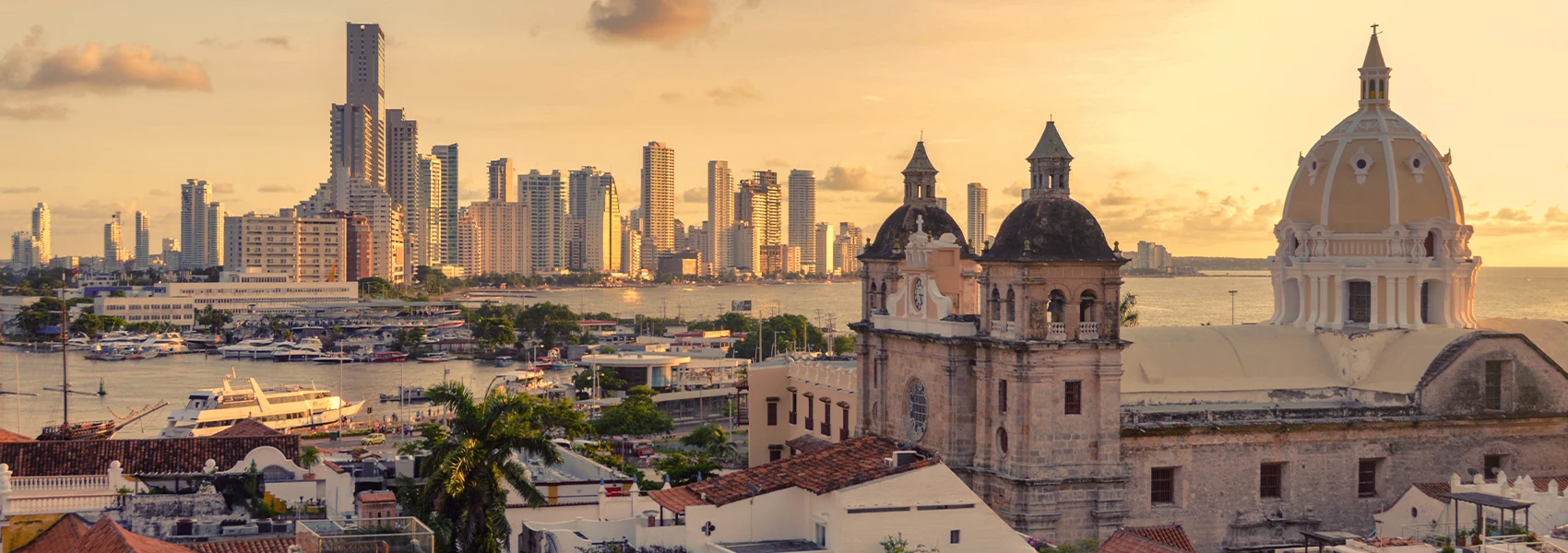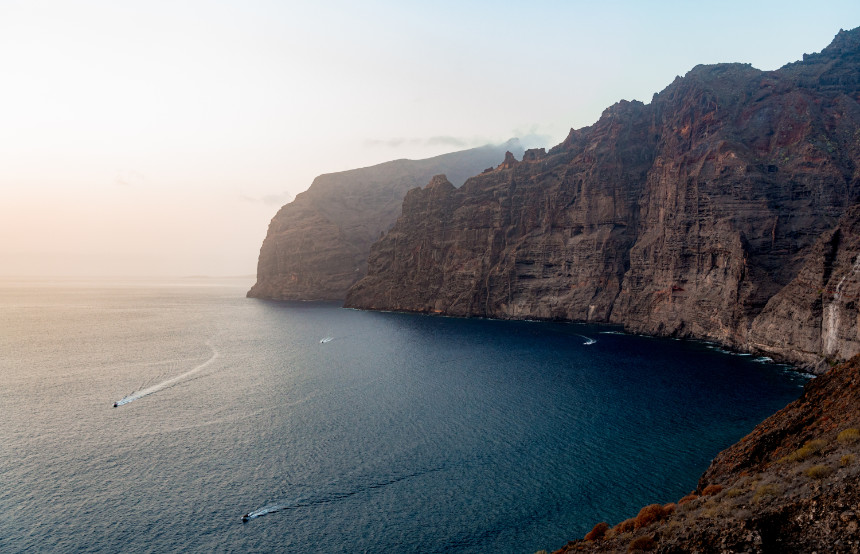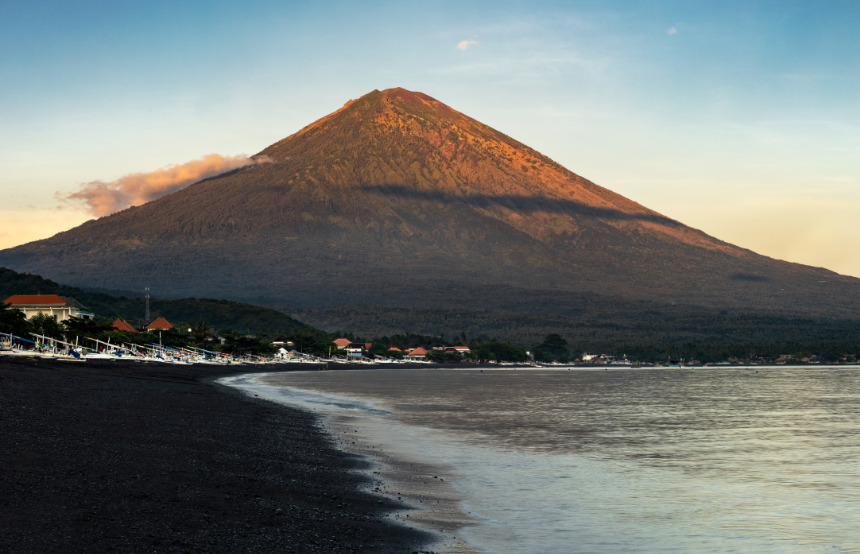
Published 10th Nov. 2021
Reading time
Sharing a border, coastline and mountain-range, the similarities between Colombia and Ecuador make it challenging to choose just one as a holiday destination. Both countries have recently been removed from the restricted travel list, making now the perfect time to also cross them off your bucket list. The question is: which one first? Evenly matched in many respects, Colombia vs. Ecuador promises to be a close contest, but by taking a closer look at what each country has to offer, we’re here to help with the decision…
Both Colombia and Ecuador are known for their varied terrain, with different areas offering their own distinct personalities and rhythms. As the only South American country with coastlines on both the North Pacific Ocean and the Caribbean Sea, Colombia boasts everything from soaring mountain ranges to tropical beaches. The picturesque Coffee Triangle is an unmissable region and a trek through the Valle del Cocora will have you marvelling at the 200ft-tall palm trees. Ecuador, the smallest of the Andean countries, is no less enigmatic. A patchwork of villages adorn the Andes, renowned for their artisan markets and vibrant woven tapestries, while remote Kichwa settlements are hidden deep in the Amazon rainforest. For stunning panoramic views of the country, it’s worth waking up before sunrise to climb Mount Cotopaxi, the highest active volcano in the world.
It’s a close call when it comes to this category, however the juxtaposition of Colombia’s coastal landscape and sprawling rainforest is matched by few countries, giving it the edge. Round one to Colombia.
The culture of Colombia is as diverse as its landscape, with influences from ancient civilisations, the Spanish colonial era and more recent historical events. While it is known for its tumultuous past (which has been dramatised in the popular Netflix series, Narcos), the country has since undergone incredible social regeneration. Bogotá, the capital city, has a variety of lively bars and restaurants, as well as a thriving urban art scene, while a visit to Cartagena on the Caribbean coast will transport you back to colonial times, with its colourful buildings and old walled city. Ecuador’s culture is similarly diverse. Once the northernmost territory of the Inca Empire, the country’s culture stems from indigenous practices combined with colonial influences, creating a rich melting-pot of cultures. Don’t miss a visit to the capital city of Quito, the second-highest city in the world, which is considered by many to be the most beautiful colonial city in Latin America. And if you make a trip to Otavalo, make sure to leave space in your suitcase for souvenirs – the city is famous for having one of the largest indigenous craft markets in the whole of South America.
While both countries boast extraordinary culture, Colombia’s vivid history affords it the win in this round, taking the score to 2-0.
Both renowned coffee regions, either country would be an obvious choice for the coffee connoisseurs among us. Salento, located in Colombia’s Coffee Triangle, has an array of intriguing coffee tours while Mindo Valley, in the north of Ecuador, is the place to sample the finest Arabica and Robusta beans. If you’re feeling adventurous, you can try Chocolate Santafereño, an unlikely combination of hot chocolate and cheese, which is popular in Bogotá. Empanadas and arepas are also delicious offerings, found on both sides of the border. While Ecuador’s local delicacy of cuy asado (roasted guinea pig) may not appeal to everyone, locra de papa (potato stew) is another comforting option, and the seafood ceviche is an excellent local delicacy.
As the third-largest producer in the world, Colombia’s coffee beans put it in the lead on this front. However, the high-quality seafood found in Ecuador means that it may just sneak the win for this category, making the score 2-1.
Given the diversity of both countries’ landscapes, it’s no wonder that they are also home to an incredible variety of wildlife. Colombia has over 1,800 bird species, and Tayrona National Park is a must-see for anyone wishing to experience Latin America’s enigmatic jungle terrain, boasting more than 100 mammal species. The marine wildlife is equally impressive; Rosario and San Bernardo National Park has more than 52 species of coral and 215 species of fish. Meanwhile, Ecuador is one of the most biodiverse countries in the world, with a huge range of habitats that play host to an array of wild and wacky species. Monkeys, river dolphins and reptiles occupy the Amazon, while toucans, hummingbirds and umbrellabirds can be found in Mindo’s Cloud Forest. And don’t forget about the Galapagos Islands, either. Located 600 miles off Ecuador’s coast, the volcanic archipelago is famous for inspiring Darwin’s theory of evolution and offers some of the most impressive wildlife viewing in the world.
Taking the Galapagos Islands into account, Ecuador is the clear winner of this round, evening the score and bringing it to two all.
In Colombia, a rewarding six-day trek through dense jungle brings you to the Ciudad Perdida – or the ‘Lost City’ – which was constructed 650 years before the famed site of Machu Picchu and rediscovered in the 1970s. Inspiring ancient ruins can also be found in Ecuador; the Ingapirca ruins served as a military stronghold for the Inca in the 13th century and can be accessed today via a three-day trek through the mountains of Sangray National Park.
It’s difficult to determine a clear winner in this round, and overall Colombia and Ecuador both put up a good fight. Colombia might have more to offer in terms of variety, making it the perfect destination for a well-rounded voyage. On the other hand, if it’s wildlife and adventure you’re after, Ecuador could be your dream destination. Call it a draw?
Written by Luisa Watts
Practical advice and inspiration for your next trip

March is that tricky month where winter hasn’t fully let go, but spring is starting to peek around the corner. Luckily, Europe has pockets of sunshine where you can shake off the chill, work on your tan and take a dip in the sea, even in March. From the golden sands of Spain’s Canary Islands and the sunlit coasts of Portugal’s Algarve, to the historic harbours of Croatia and the Mediterranean charm of Malta, Cyprus and Rhodes, there’s plenty of sun waiting to be chased.
19th January 2026 - Travel Inspiration

If paradise had a postcode, it would be somewhere on Bali’s coastline. Embraced by the sea on all sides, this Indonesian island is home to a bounty of beautiful beaches. Whether your perfect day means unwinding on the sand with a cocktail and a good book, learning to ride your first wave, exploring Bali’s underwater world, or sampling its lively nightlife, the island offers something for every mood and pace.
29th December 2025 - Indonesia Travel Inspiration

Love it or hate it, winter rolls around every year. So, why not spend this polarizing time on a polarized continent? From skating on the frozen lakes of the Canadian Rockies and crunching through the snow-blanketed plains of Alaska to sampling internationally renowned wines in the vineyards of Northern California and cruising between the laid-back microcosms of The Florida Keys, North America has something for everyone during winter.
24th December 2025 - USA Travel Inspiration

Our team of destination experts will get to know you and your unique requirements for your holiday

We work with you to build an ultra-personalised holiday itinerary with your choice of accommodation, experiences and activities

All of our holidays include little extras designed to make a big difference to your trip, from fast-tracking you through airport check-in and security to our network of local Concierges